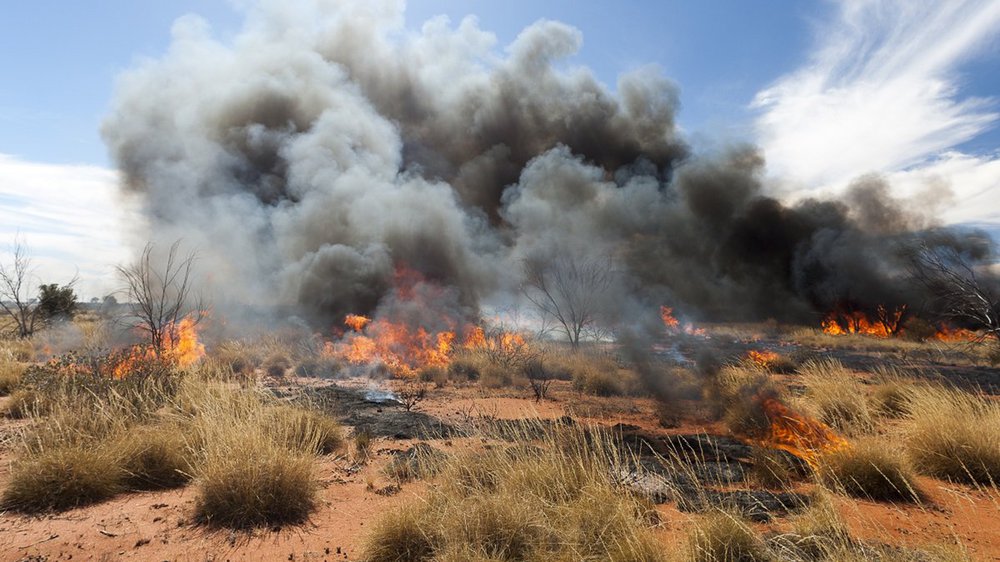Question Your World: What Have We Learned about Wildfires?
Wildfires have certainly been in the news a lot lately. We’ve recently seen big wildfires break out in California, the Amazon, Africa, and now Australia’s bushfires are making similar headlines all over the world. These destructive fires not only cause immediate safety problems but also have cascading risks towards animal populations, future erosion of the soils, loss of farmland and beyond. Scientists have been watching Earth’s wildfires for some time now and are now seeing how climate change factors into these devastating natural disasters.

Image credit: Getty images
While wildfires regularly happen from natural causes like lightning, or human causes like planned burns, these recent fires are exceedingly more devastating and widespread than normal. In fact these are the most extensive bushfires in Southeastern Australia’s recent recorded history! Scientists from around the world have been concerned about the relationship between intensifying wildfires and Earth’s changing climate, the latter of which is vastly intensified by continued human emissions of heat-trapping gases from burning fossil fuels.
While no one can predict exactly when a big wildfire will spread, scientists have been showing us that the risk of damage from extreme wildfires would rise as global temperatures climb. Dr. Tom Beer, an Australian climate scientist, actually published a study in 1988 highlighting the relationship between heat-trapping gas emissions, temperature increases, air dryness, and increased risk from bushfires in Australia. He’s not alone here. The UN Special Report on Climate and Land also published a report in 2019 showing the increase in risk from extreme wildfires as global temperature goes up.
To quickly sum it up, our rising global temperatures have favored longer periods of extensive hot and dry conditions in southeastern Australia. Also, human development continues to sprawl outward into more natural regions, places where we put more of our newly installed infrastructure at risk from natural disasters, like wildfires. Currently it’s estimated that about a billion animals have been lost to these fires, in addition to the millions of acres of land for human use like residential, agriculture, and just basic wild places.
This intense bushfire is still continuing to burn and will do so for months before getting to a point where it can be controlled, taxing the already worn out volunteer fire crews racing to limit the blaze. Bushfire season in Australia goes from December through March. To learn more or to get involved, visit UNICEF.org


